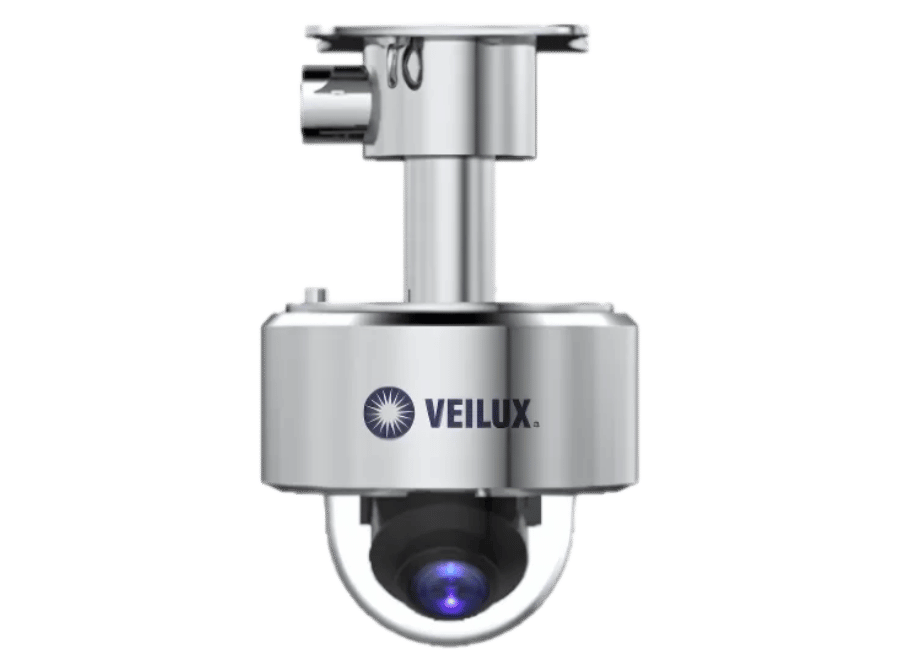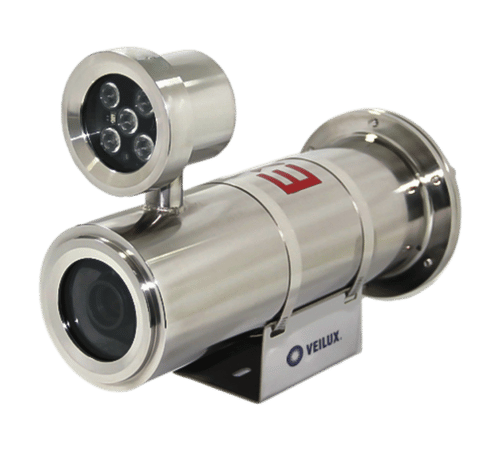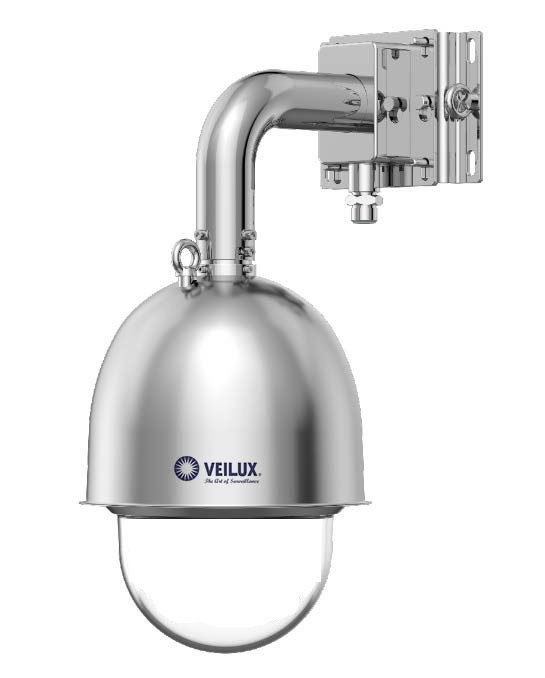Security cameras for Class 1 Division 1 areas are not your average surveillance tools. These environments, typically found in oil refineries, chemical plants, offshore rigs, and other hazardous locations, demand highly specialized equipment to ensure both safety and performance. Choosing the wrong camera can result in compliance violations, equipment failure, or even catastrophic explosions.
In this blog, we’ll walk you through how to select the right security cameras for Class 1 Division 1 areas, what certifications to look for, and how to ensure long-term operational reliability in explosive environments.
Understanding What “Class 1 Division 1” Means
The Class 1 Division 1 (C1D1) designation is part of the National Electrical Code (NEC), identifying areas where flammable gases or vapors are present continuously or frequently under normal operations. In these zones, any electronic device, especially one like a camera, must be explosion-proof and rigorously tested to avoid becoming an ignition source.
🔗 Learn more from OSHA’s guide to hazardous locations.
What Makes a Camera Suitable for Class 1 Division 1 Areas?
When evaluating security cameras for Class 1 Division 1 areas, here are five critical factors to consider:
1. Explosion-Proof Housing
Ensure the camera is enclosed in an ATEX or IECEx certified housing that can contain and isolate internal explosions. The housing must be rated for the specific gases and temperature codes of your location.

2. Third-Party Certification (UL, IECEx, ATEX)
Always check if the camera is certified by UL, FM, CSA, or IECEx for C1D1 use. Don’t rely on self-certifications, only third-party lab-tested equipment meets the strict criteria for these hazardous zones.
3. Environmental Durability
Cameras in C1D1 areas must withstand extreme heat, corrosive vapors, humidity, and vibration. Look for features like:

- IP66/IP68 weatherproof ratings
- Operating temperatures from -40°F to 140°F
- Corrosion-resistant 316L stainless steel enclosures
4. Advanced Imaging Features
Poor visibility can make hazardous locations even riskier. Opt for cameras with:
- High-resolution (1080p or 4K) imaging
- Optical zoom (20x to 30x) for distant viewing
- Low-light or IR capabilities for 24/7 monitoring
- Optional thermal imaging for heat leak or gas detection
5. Secure Connectivity and Remote Access
Modern security cameras for Class 1 Division 1 areas should support secure, real-time video transmission to a control room, often located offsite. Choose cameras that feature:
- ONVIF compliance for NVR integration
- PoE (Power over Ethernet) or fiber connectivity
- VPN-capable or encrypted video streaming
✅ Tip: Make sure the cabling and network equipment installed alongside the camera are also rated for hazardous environments.
Don’t Guess—Use a C1D1 Compliance Checklist
Ensuring your camera meets all necessary safety and technical standards can be overwhelming. That’s why we created a free C1D1 Compliance Checklist to help guide your purchase and installation process.
📥 Get C1D1 compliance checklist →
Ensure every camera you install in hazardous zones is 100% compliant and future-proof.
Recommended Security Cameras for Class 1 Division 1 Areas
Looking for proven solutions? Here are some Veilux explosion-proof cameras designed for C1D1 environments:
SVEX-610-2M30X-ZN PTZ Camera – Full HD, 30x zoom, IP68 rating
SVEX-HQ60-Z Fixed Dome Camera – Rugged housing, wide-angle, corrosion-resistant
SVEX-8M25Z-Z Bullet Camera – 4K clarity, long-range, certified explosion-proof
Final Thoughts
Choosing security cameras for Class 1 Division 1 areas is not just a technical decision, it’s a safety-critical one. From explosion-proof certifications to rugged durability and remote monitoring, your camera must be purpose-built for high-risk environments.
Don’t leave your compliance, and your team’s safety to chance. Work with trusted security camera providers who understand hazardous zones and can offer certified, field-proven solutions.
📥 Get the C1D1 Compliance Checklist Now →
Your fast-track to safe, certified surveillance in the world’s most dangerous workplaces.
Additional Resources

